Kodkod Facts
- This intriguing creation of Nature and evolution most frequently goes by the surprisingly simple designation of Kodkod across its native range. Yet, the remarkable feline’s also known by several others, including Guigna, Chilean cat, Little tiger cat, and Huemul cat.
- Within the scientific community, however, it’s generally better known by its technical title. Fortunately, that’s one that’s comparatively simple for the layperson to pronounce. That’s because the beautiful creature holds the formal epithet of Leopardus guigna.
- This small yet impressive animal received that appellation due to the efforts of Juan Ignacio Molina. The respected Spanish-Chilean naturalist recorded the first recognition of it as a separate and distinct species. He accomplished that noteworthy deed in the year 1782.
- Ensuing research additionally led to more fascinating discoveries related to the marvelous mammal. To date, a total of two recognized subspecies also exist. These even share the same general territory as the parent species. This frequently leads to confusion in identification.
- Sadly, the IUCN indicates that the animal’s population now numbers less than 10,000 known individuals. Combining this number with its unfortunately limited habitat range, it thus has the classification of Vulnerable on the organization’s Red List of Threatened Species.
- The stunning creation of Nature currently faces numerous threats to its continued existence as a species. Many stem from the actions of man, including climate change and habitat loss due to deforestation. It’s also often killed by local inhabitants for hunting their livestock.
Related Articles
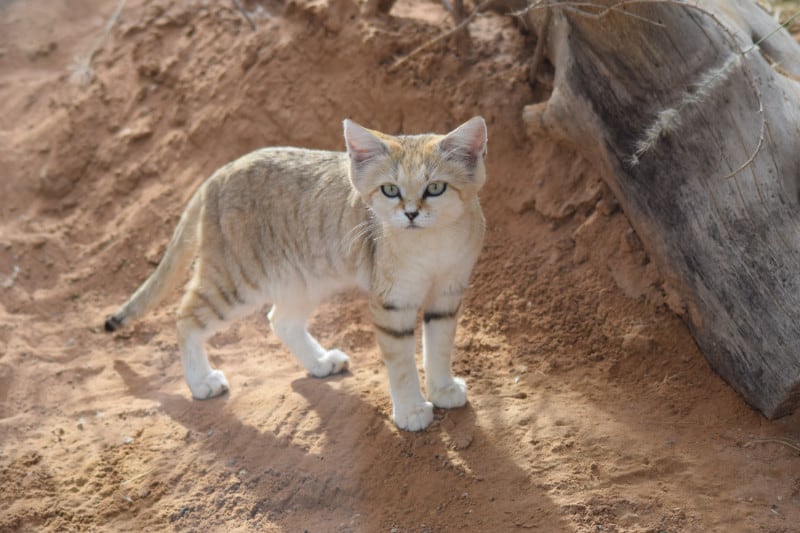
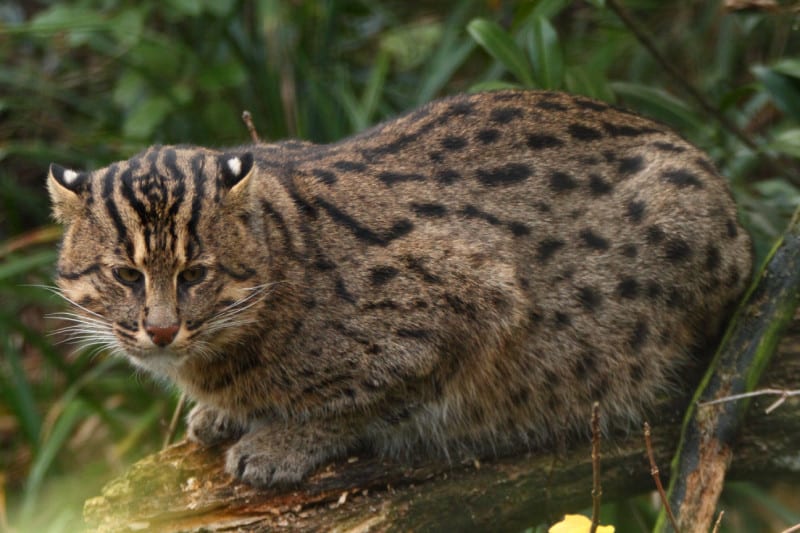
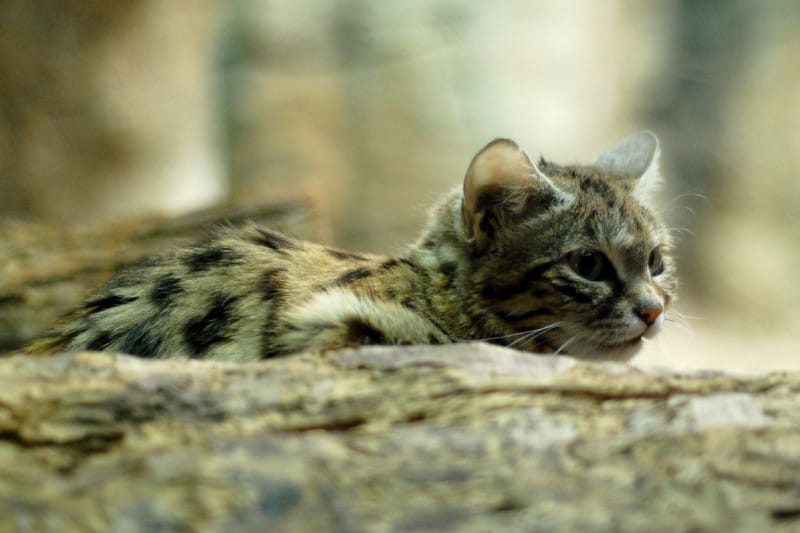
Kodkod Physical Description
The captivating Kodkod rarely fails to do exactly that with those who encounter it, namely captivating them. The animal generally does so, though, due more to its appearance than sheer physical size. That’s true since, compared to most other wild cats, it’s actually quite diminutive.
Like many of its relatives, it also presents a certain degree of the physiological characteristic of sexual dimorphism. Continuing to follow the pattern established by its kindred, both wild and domesticated, this trait manifests itself in several ways. All of them, however, remain rather subtle.
Males of the species attain both a slightly greater average body mass and length than their female counterparts. This gender reaches a mean body weight of approximately 4.8 – 5.5 lbs (2.2 – 2.5 kg). Females, though, typically only range in mass from roughly 3.3 – 4.4 lbs (1.5 – 2.0 kg).
The sex-based differences also present themselves in regard to other aspects of the body. At the shoulder, both sexes average about 9.8 in (25 cm) in height. Overall, the head-and-body length averages 15 – 20 in (37 – 51 cm). The tail, meanwhile, extends between 7.9 – 9.8 in (20 – 25 cm).
While short, the tail of this mesmerizing small wildcat nevertheless grows comparatively thick in size. Somewhat distinctively, the lovely feline additionally evolved a relatively small head. Contrasting this, though, its feet rank as comparatively large in proportion to the rest of the body.
The beautiful Kodkod possesses a distinctive coat coloration that helps it blend into its forest habitat. This, at least, remains the same for both genders. The primary color of the coat ranges from dark yellow to grayish brown. Some individuals nonetheless present a more reddish hue.
It’s also covered in small, dark black spots, which evolution often arranges in rows along the body. The underside usually shows lighter in color, often pale or whitish. The tail’s ringed with multiple dark bands and ends in a black tip. On its face, dark streaks run from the eyes down the face.
- Kingdom: Animalia
- Phylum: Chordata
- Class: Mammalia
- Order: Carnivora
- Family: Felidae
- Genus: Leopardus
- Species: L. guigna
Kodkod Distribution, Habitat, and Ecology
The fabulous Kodkod, sadly, evolved as indigenous to a somewhat limited portion of the surface of the earth. Where that native range lies, however, likely won’t surprise many of our readers. That’s because it developed as native to a restricted section of the continent of South America.
There, the distinctive product of natural selection’s only known to be present in areas lying within the boundaries of two nations. These locales consist of the countries of Chile and Argentina. Yet even within this greater range, the feline only appears in certain portions of the larger region.
In Chile, it’s found from the central sections down to southern Patagonia. That range includes the magnificent Andes Mountains and coastal forests. In Argentina, it’s only known to exist in the Andean foothills in the west, primarily in the provinces of Neuquén, Río Negro, and Chubut.
Thankfully, evolution provided it with a reasonable degree of flexibilty regarding its choice of habitat. Nevertheless, the mammal still demonstrates certain preferences. Accordingly, the majority of its known population resides within regions consisting of dense temperate rainforests.
That holds especially true of both the Valdivian and Patagonian forests. Yet, smaller but still stable population concentrations also appear in other types of habitat. These include scrublands and secondary forests. It’s even on occasion found in close proximity to small human settlements.
That adaptability doesn’t simply end there, however. That’s due to the observed fact that various concentrations of the animal reside at a wide range of altitudes, as well. It’s present in varying numbers from sea level up to roughly 8,200 ft (2,500 m), though less commonly at that height.
The Kodkod represents an elusive wild cat that plays a surprisingly crucial role in the various ecosystems it inhabits. Like its relatives, it’s carnivorous in nature. It’s also primarily opportunistic in its feeding habits. As a rule, it mainly hunts at night and twilight, being nocturnal and crepuscular.
Given its own size, it typically hunts smaller prey. These include such dietary sources as numerous species of rodents, marsupials, small birds, lizards, and invertebrates. The highly evolved hunter’s also an extremely skilled tree climber, often ambushing prey from above or using trees for escape.
It lives a principally solitary existence, again following a pattern common among its many relations. The animal’s also territorial, with males usually having larger territories than females. It faces its own share of natural predators, including large birds of prey, such as eagles and owls, and cougars.
Species Sharing Its Range
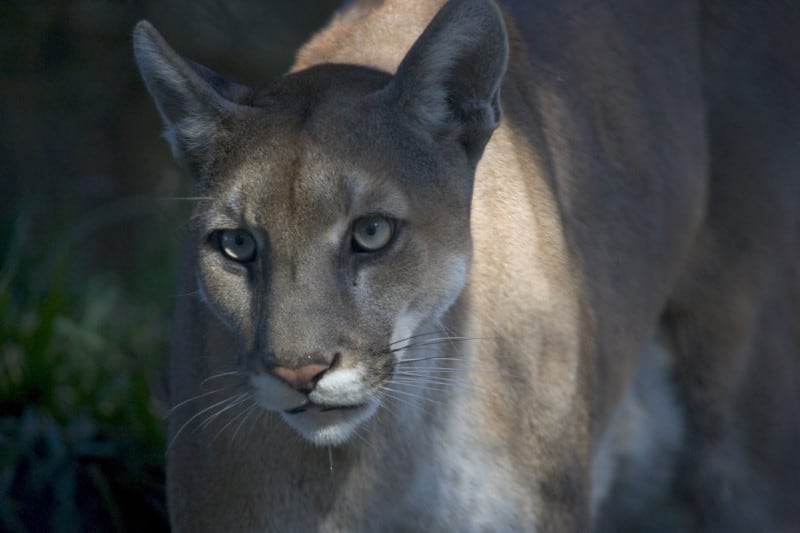
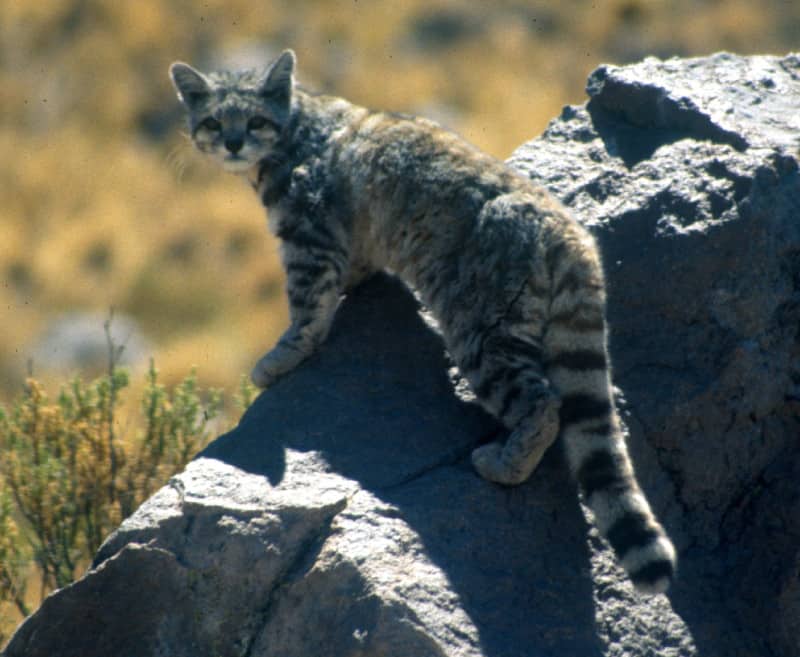
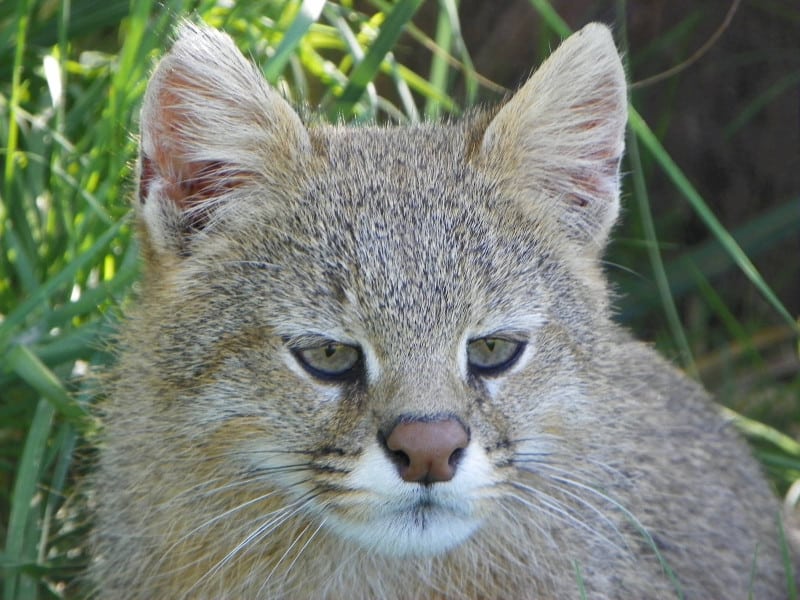
Check out our other articles on Madagascar’s Astounding Inhabitants, Crabeater Seal, Harlequin Flower, Apple of Sodom, Eurasian Griffin Vulture, Spinetail mobula, Texas Alligator Lizard
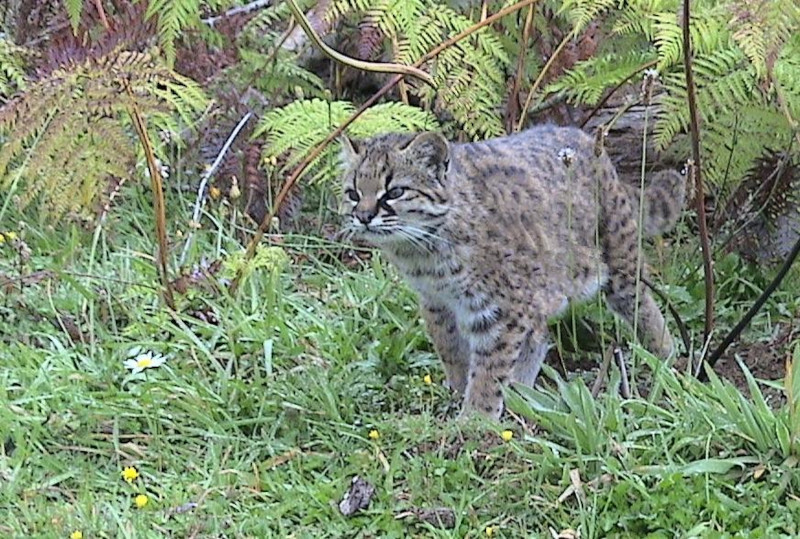
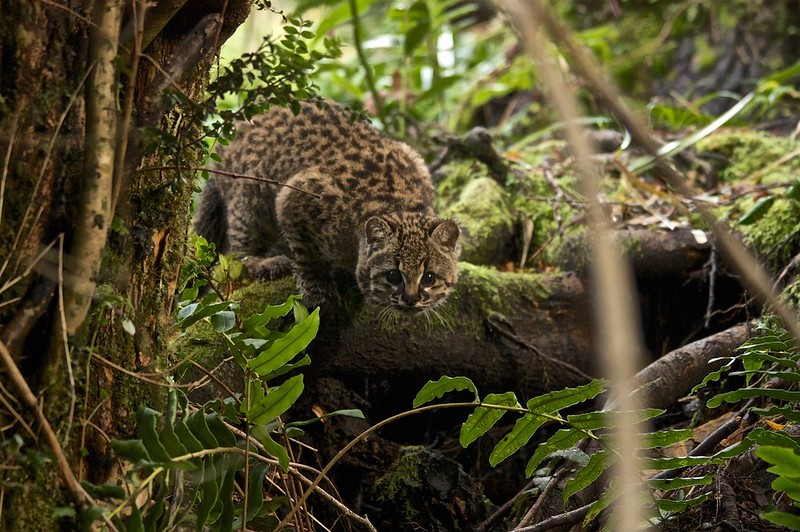









Leave a Reply